7,8-Dihydroxycoumarin
Synonym(s):Daphnetin;Daphnetol;Ruixiangsu
- CAS NO.:486-35-1
- Empirical Formula: C9H6O4
- Molecular Weight: 178.14
- MDL number: MFCD00016977
- EINECS: 207-632-8
- SAFETY DATA SHEET (SDS)
- Update Date: 2025-12-17 09:49:17

What is 7,8-Dihydroxycoumarin?
Description
Daphnetin, mainly extracted from Yu Ruixiang Changbai Daphne (Daphne Korean Nakai), Daphne giraldii Nitsche bark, and root bark, is the main efficacy component of the plants D.tangutica Maxim and D.retttsa Hemsl. Changbai daphnes has the pharmacological effects of warming the spleen and stomach, relaxing the muscles and joints, and promoting circulation. In TCM, it’s commonly used as medicines for treatment of injuries. Because Changbai daphne is a pungent and warm natured herbal medicine, it was used to warm the spleen and stomach by dispelling cold.
Physical properties
Appearance: white or off-white powder, odorless, and tasteless; Solubility: slightly soluble in methanol (equilibrium solubility of 485.4? μg/mL), slightly soluble in ethanol (equilibrium solubility of 230.06?μg/mL), and insoluble in water (equilibrium solubility of 176.7?μg/mL) ; Melting point: 262–264?°C.
History
Changbai daphne, a Chinese traditional medicine in clinic, is mainly used for treatment of coronary heart disease, rheumatoid arthritis, thromboangiitis obliterans, etc. Changbai daphne belongs to the first-class protective plants in Jilin province in China, and the rarity restricted the drug development. Scientists tried to find the effective components of Changbai daphne. In 1977, scientists of phytochemistry research group in the Traditional Chinese Medicine research laboratory from Jilin institute of Chinese medicine first successfully isolated the crystalline monomer?– daphnetin?– from the plant. Pharmacological results show that the pharmacological activities of this crystal are equal to Changbai daphne, which suggested the crystal is the main active ingredient . Through the condensation reaction experiment using equimolecular pyrogallic acid, malic acid, and twice the amount of sulfuric acid, under heating reaction, scientists successfully got pale yellow needle daphnetin crystals. From then on artificially synthesized daphnetin has been successfully implemented . A large-scale industrial production can be acquired. The followup researches on the metabolism and pharmacological activity of daphnetin were carried out. In 2009, the State Food and Drug Administration of China approved daphnetin capsule to be used in the clinical.
The Uses of 7,8-Dihydroxycoumarin
Daphnetin is a natural coumarin derivative providing anti-inflammatory and protective properties to those suffering from lung injury.
What are the applications of Application
Daphnetin is a coumarin analog that acts as an inhibitor of several protein kinases
Indications
This product is contained in national standards for chemical drugs, mainly used in Buerger’s disease, occlusive vascular disease, and coronary heart disease.
Definition
ChEBI: 7,8-dihydroxycoumarin is a hydroxycoumarin.
General Description
This substance is a primary reference substance with assigned absolute purity (considering chromatographic purity, water, residual solvents, inorganic impurities). The exact value can be found on the certificate. Produced by PhytoLab GmbH & Co. KG
Biochem/physiol Actions
7,8-Dihydroxycoumarinan is an inhibitor of protein kinases. It is an active lactone present in plants such as Daphne Korean Nakai, and Thymelaeaceae Daphne. It serves as as analgesic, antiviral and antibacterial agent. 7,8-Dihydroxycoumarinan is found to induce tumor apoptosis via a number of signalling pathways. Thus, it is believed to exhibit antitumor effects. 7,8-Dihydroxycoumarinan might also be useful in treating lung carcinoma. It is also known to be used in treating coagulation disorders and rheumatoid arthritis. 7,8-Dihydroxycoumarinan is known to induce neurite growth and lengthen neuronal survival. It helps in clearing substances inducing necrosis, maintains water-electrolytes balance and energy metabolism. 7,8-Dihydroxycoumarinan is involved in the generation of neurotrophic factor and helps in restoring neuron function.
Pharmacology
Daphnetin pharmacological effect mainly includes: 1. Improvement of the cardiovascular system function; 2. Effects on the central nervous system.
Daphnetin also acts on the NF-k B and NFAT signal pathway and results in immune inhibition; it is also used for the treatment of malaria parasite and Pneumocystis carinii infection by chelating to Fe2 + or by acting on ribonucleotide reductase; daphnetin shows bacteriostatic effects on gold grapes, Escherichia coli, Shigella’s blessing, and Pseudomonas aeruginosa by inhibiting succinic acid oxidase in mitochondria in bacteria; daphnetin reduces the incidences of diarrhea in model mice by inhibiting mice gastrointestinal propulsive movement and has a stronger toxic effect on several important aphids .
Plasma protein binding of Daphetin is low. The urinary excretion is higher. The distribution volume is relatively larger. Both of metabolism and excretion are rapid. Drug elimination is mainly through the kidney with a half-life of only 15 min. The tissue distributions after intravenous injection and oral administration are equal. Daphnetin may distribute in the brain through the blood-brain barrier. The metabolites have poor stability and low oral bioavailability. People have studied the metabolic pathways and metabolic product. Daphnetin may be the substrates of MRP2 and BCRP transporters, and thus intestinal absorption is affected; in the plasma of rats, the main metabolite are 7-O and 8-O glucoside substitution products which are mediated by UT1A6 and UT1A9. The anti-inflammatory activity of the metabolites is dependent on daphnetin-7-methyl ether.
Clinical Use
It has been verified by a large number of clinical cases that oral daphnetin capsule
can significantly improve thromboangiitis obliterans; oral daphnetin has a better
curative effect than intramuscular injection of Changbai daphne in patients with
angina pectoris due to coronary heart disease. Daphnetin shows an obvious analgesic sedative effect on surgical and nonsurgical pain-relieved patients after intravenous drip or injection of daphnetin; oral daphnetin capsule shows significant
therapeutic effects on rheumatoid arthritis.
There are no reports about serious adverse reactions. Two cases of whole-body
red itch were reported. It sometimes has mild gastrointestinal reaction when continuously used.
Storage
Room temperature
Purification Methods
Crystallise it from aqueous EtOH. It can be sublimed. [Beilstein 18/3 V 202.].
Properties of 7,8-Dihydroxycoumarin
| Melting point: | 265-268°C (dec.) |
| Boiling point: | 270.35°C (rough estimate) |
| Density | 1.3431 (rough estimate) |
| refractive index | 1.4500 (estimate) |
| storage temp. | room temp |
| solubility | soluble in Methanol |
| form | solid |
| pka | 7.61±0.20(Predicted) |
| color | White to Light yellow to Light red |
| Merck | 14,2817 |
| InChI | InChI=1S/C9H6O4/c10-6-3-1-5-2-4-7(11)13-9(5)8(6)12/h1-4,10,12H |
| CAS DataBase Reference | 486-35-1(CAS DataBase Reference) |
Safety information for 7,8-Dihydroxycoumarin
| Signal word | Warning |
| Pictogram(s) |
 Exclamation Mark Irritant GHS07 |
| GHS Hazard Statements |
H315:Skin corrosion/irritation H319:Serious eye damage/eye irritation |
| Precautionary Statement Codes |
P264:Wash hands thoroughly after handling. P264:Wash skin thouroughly after handling. P280:Wear protective gloves/protective clothing/eye protection/face protection. |
Computed Descriptors for 7,8-Dihydroxycoumarin
| InChIKey | ATEFPOUAMCWAQS-UHFFFAOYSA-N |
| SMILES | C1(=O)OC2=C(O)C(O)=CC=C2C=C1 |
New Products
4,4-Difluoropiperidine hydrochloride tert-butyl 9-methoxy-3-azaspiro[5.5]undecane-3-carboxylate Indole Methyl Resin N-Isopropylurea N,N-Dicyclohexylcarbodiimide(DCC) MELDRUMS ACID 5-METHYLISOXAZOLE-4-CARBOXYLIC ACID Magnessium Bis glycinate Zinc ascorbate 1-bromo-2-butyne 2-acetamidophenol 9(10H)-anthracenone Erythrosin B, 4-Piperidinopiperidine 2-((4-morpholinophenylamino) (methylthio) methylene) malononitrile 2,4-dihydroxybenzaldehyde 3-(4-morpholinophenylamino)-5-amino-1H-pyrazole-4-carbonitrile Methyl 2-methylquinoline-6-carboxylate 2,6-dichloro-4-nitropyridine 4-Bromo-2-chlorobenzonitrile 2-(benzylamino)acetic acid hydrochloride 4-(tert-Butoxycarbonylamino)but- 2-ynoic acid 3,4-dihydro-2H-benzo[b][1,4]dioxepine 1-Phenyl-1-cycloprppanecarboxylicacidRelated products of tetrahydrofuran
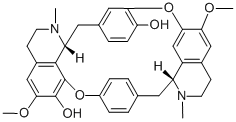
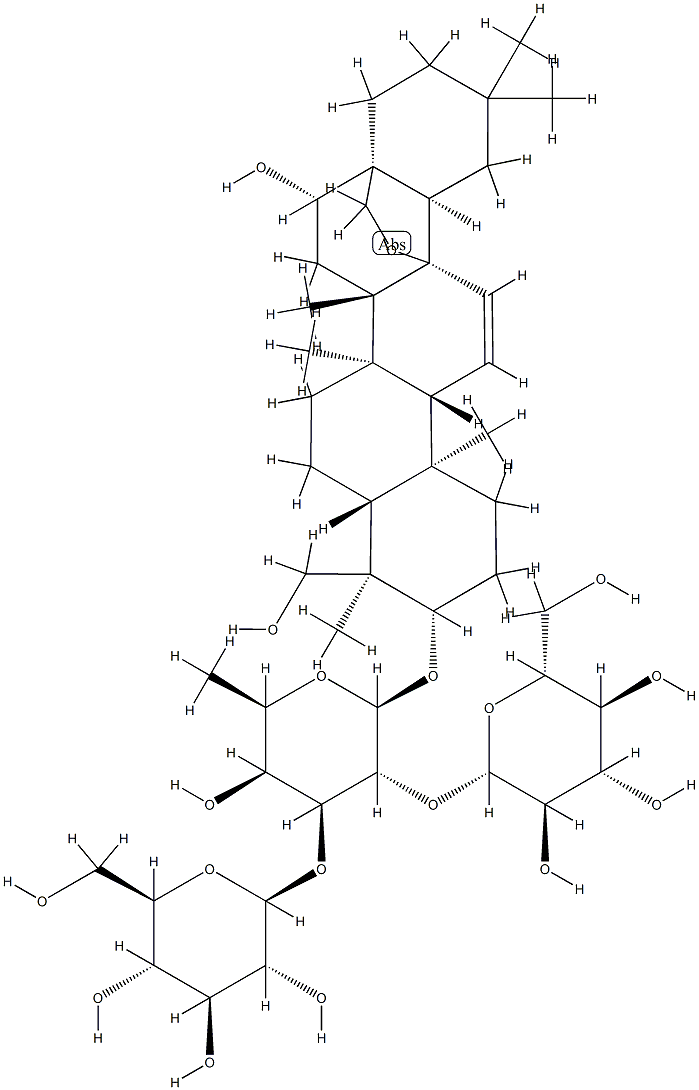
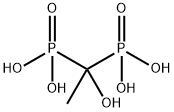
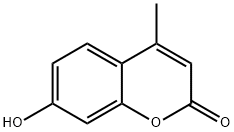
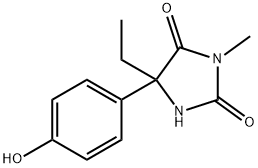
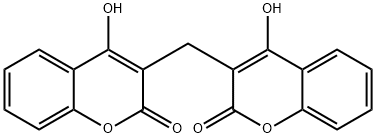


You may like
-
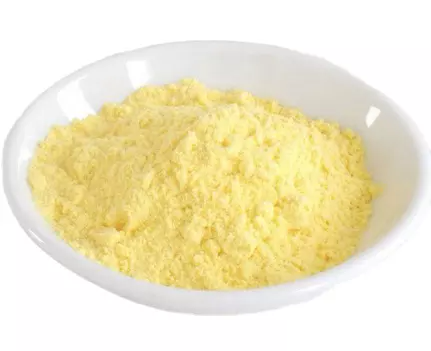 486-35-1 7,8-dihydroxy coumarin 98%View Details
486-35-1 7,8-dihydroxy coumarin 98%View Details
486-35-1 -
 486-35-1 98%View Details
486-35-1 98%View Details
486-35-1 -
 Daphnetin 99%View Details
Daphnetin 99%View Details
486-35-1 -
 Daphnetin CAS 486-35-1View Details
Daphnetin CAS 486-35-1View Details
486-35-1 -
 Daphnetin, 97%+ CAS 486-35-1View Details
Daphnetin, 97%+ CAS 486-35-1View Details
486-35-1 -
 Daphnetin CAS 486-35-1View Details
Daphnetin CAS 486-35-1View Details
486-35-1 -
 7,8-Dihydroxycoumarin CAS 486-35-1View Details
7,8-Dihydroxycoumarin CAS 486-35-1View Details
486-35-1 -
 20677-73-0 (2,2-diethoxyethyl)methylamine 98%View Details
20677-73-0 (2,2-diethoxyethyl)methylamine 98%View Details
20677-73-0
